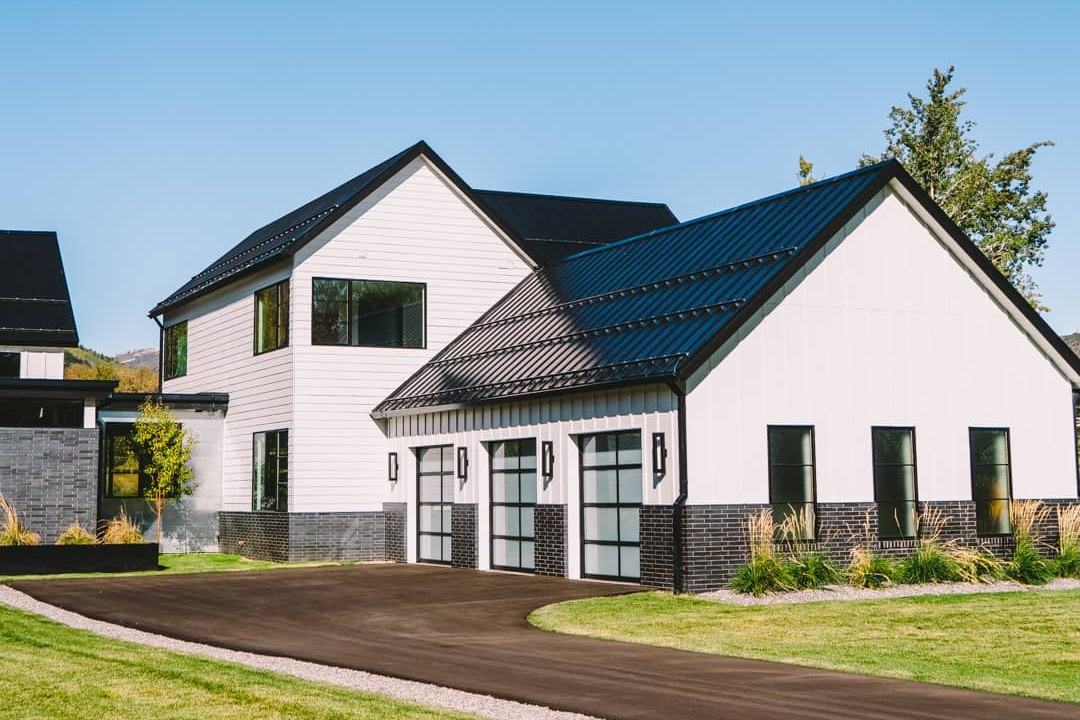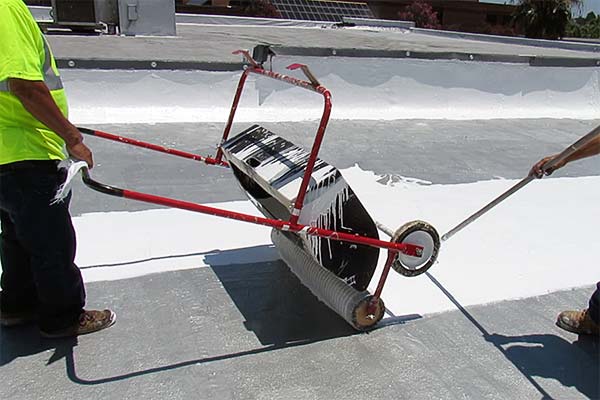![]() What Are Elastomeric Coatings And Where Can You Use Them?
What Are Elastomeric Coatings And Where Can You Use Them?
If you think you'll be conserving the roofing decking plywood (not changing it), then you might conserve yourself some cleanup difficulty by removing the components first and after that peeling up the rubber! Information of water damage on camper roofing system. More water damaged areas on Recreational Vehicle roof decking. There was nothing really terrible that made me seem like I was going to fall through, however absolutely a great deal of damage and I was getting the sensation I would be replacing a great deal of the roof decking plywood.
 Sta-kool Elastomeric White Reflective Roof
Sta-kool Elastomeric White Reflective Roof
My Link: roofers Tucson AZ - DC Roofing of Arizona
I went for the most basic one first, a vent cap from a cooking area sink plumbing vent pipeline. Starting to scrape caulk and sealant. I used a stiff scraper with a chisel-like blade and just began spying and cracking and scraping and hacking. There is no other way around this, you just need to start digging till you expose the screw heads.
Unscrewing the screws in vent cap. The screws on this best roofing companies in Tucson AZ - DCRoofingArizona.com vent cap were hex-head metal screws so I used a small socket driver to eliminate them. Some came out clean. Others were rusted and I needed to use a vice-grip pliers to get the heads and turn them little by little.
I found an old wasp nest inside the vent cover. This is a sight I'll most likely have actually to get utilized to, discovering the remains of animal habitation in every nook and cranny. I invest a terrible great deal of my time creating excellent wildlife environment in my yard so I do not get angered when an animal chooses to set up house in my Recreational Vehicle.
Waterproof Roof Coating, Elastomeric Metal Roof Coatings
Fortunately no one was house in this old nest so I simply tossed it. Perhaps I'll put a screen over it when replacing it. Which brings us to the next point. You should try not to harm these pieces (like vent covers and caps) as you're removing the old caulk and sealant simply in case you require to use them again.
(Guess I'll discover when the roofing system is done!) Prying up the vent cap and eliminating the last ring of rubber roofing below. So I pried up the rest of the cap and scraped up the staying rubber roof and butyl tape and putty and 25 years of other gunk and here's how it looks tidied up.
 Elastomeric Roof Coatings 101 Basics
Elastomeric Roof Coatings 101 Basics
One down, 7 more fixtures to go. Next I chose to take on the only roofing system ventilation fan that my camper has. My roof vent likewise had a vent cover over it. So I began scraping the gunk from those screws. Beginning on the roofing system vent. Hardware exposed on roofing system vent cap, the very first nut came off clean.
 Roof Coating Specialists
Roof Coating Specialists
Bolt is spinning. The fasteners on this Recreational Vehicle roofing vent cover were nuts on small bolts. The first one came off great with an extension socket kit. The second one simply began spinning, meaning the bolt was not fixed in place however turning along with the nut. Bummer. A peek at the hardware holding down the roof vent cover.
How To Apply Elastomeric Paint (With Pictures)
I didn't have any great way to hold the bolt in location so rather I decided to saw through the bolts with a reciprocating saw. Sawing through bolts on roof vent cover. I used a cordless reciprocating saw with a metal-cutting blade but it was tricky to get the blade flat enough to reach the bolts so close to the roof deck. Most were so old and rusted that they sheared off when I unscrewed then with a great deal of force. Loosening the brackets that held the vent cover in location. Then I scraped more caulk and roof sealant off the flange of the roof vent itself. I quickly found there were no more screws or hardware holding it down so I quit on the scraping and went inside the Recreational Vehicle After scraping the caulk and sealant from flange of roof vent, no more screws! Unscrewing the within cover plate of roofing vent fan in RV restroom.
A couple sheared off with a great deal of force, but two would not budge. So I needed to drill out the screw heads. I selected a drill bit close to the size of the shaft of the screws that I had already taken out and started drilling. Picking a drill bit for drilling out a screw head.
Security glasses recommended. So I drilled out the heads, one popped off and the other I was getting frustrated with and gave it a yank prior to it was drilled through. Rather of popping off the screw head, the plastic just melted away around the hot screw head. Whoops. Hope I do not have to recycle this cover.
If not, I'll require wider screw heads when re-assembling. Cover plate gotten rid of from roofing system vent. Next I discovered little corner brackets with hex-head bolts holding them in. I loosened them (all came out fine luckily) and pulled out the brackets and little white plastic spacers. Loosening corner brackets in roofing vent.
Elastomeric Acrylic Coatings Application Handbook
All corner brackets removed, ready to take out. Once the brackets were out I went back up top to pry out the the roofing system vent. Then I scraped up all the remaining gunk and rubber roof. Taking off the old roof vent. There are 2 wires running to the roof vent (a black hot wire and a white neutral wire) that you'll need to clip to remove the old vent.